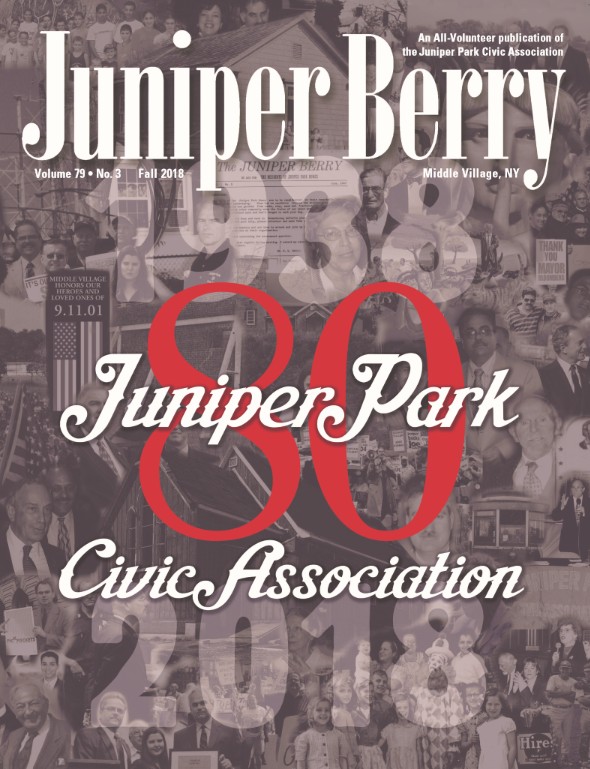The Queensboro Bridge is not the most glamorous of bridges. Though lacking the graceful swoop of the Brooklyn, Manhattan and Williamsburg suspension bridges, the importance of the Queensboro Bridge should not be overlooked.
According to Queens historian Vincent F. Seyfried, “The opening of the Queensboro Bridge in 1909, was the most monumental event in Queens history. This ended the century old isolation of Queens and its dependence on ferries to reach Manhattan. With the planning and opening of Queens Blvd by the City, the full potential of the bridge was realized.”
Before the automobile was king, rail ruled the road. The Queensboro Bridge, designed by Gustav Lilienthal in 1903, and opened in April 1909, was a cantilever bridge, designed mainly for mass transit. An ornate kiosk, located on the Manhattan approach to the Queensboro Bridge, served as an entrance to an underground trolley terminal. The terminal consisted of five loops used by three: Manhattan & Queens Traction (later Green Bus), New York & Queens County Railway (later Queens Transit) and Steinway Lines (later Steinway Transit). Two trolley tracks used the main roadway of the bridge. Two tracks, restricted to trolley use only, were located on a shelf outside of the main girders of the bridge. A conduit was placed in the shelf tracks Third Avenue Railway trolleys which were unable to use a trolley pole on their Manhattan lines. Two tracks for use by Second Avenue elevated trains were located on the upper level of the bridge.
Rail to Rubber
The Jazz Age of the 1920s would see trolleys as being less important. Jay Gatsby could race his yellow roadster over the main roadway of the Queensboro Bridge, unencumbered by trolleys. In 1922, Third Avenue Railways and New York & Queens County Railway abandoned Queensboro Bridge trolley service. From then on only the shelf tracks would be used by trolleys. In 1937, Manhattan & Queens Traction converted its long Queens Blvd line to Green Line Q60 buses. In 1939, Steinway Lines (the last bridge trolley operator) converted its entire trolley system to buses. However, since buses could not serve the hospital facilities on Welfare (now Roosevelt) Island, a bridge shuttle, Queensboro Bridge Railway, was created by Steinway Transit for this purpose. In 1942, Second Avenue el service ended and the upper roadway on the Queensboro Bridge was converted to vehicular use.
With the coming in 1953 of a new bridge connecting Welfare Island directly with Long Island City, the bridge trolley’s days were numbered. On April 7, 1957, old #605 made her final run, thus the Queensboro Bridge Railway, New York State’s final trolley line, was history. The shelf tracks were converted to auto use and the abandoned trolley terminal was converted to use by city vehicles as a garage.
Toonerville and beyond
When the Roosevelt Island development was started, access from Manhattan became important. The bridge trolley was missed, but it was gone forever. An aerial tramway was built, linking Roosevelt Island with a terminal on the west side of Second Avenue between 59th and 60th Streets. The tramway was intended as a temporary measure until the 63rd Street Tunnel subway service began in 1988, yet remains in use.
Today, remnants of the Second Avenue el structure remain on the upper level of the Queensboro Bridge. The 2 of the 5 ornate kiosks which had deteriorated over the years have been restored to their original appearance (The other 3 were demolished in the 1950s). The kiosks have received official NYC landmark status and one serves as the entrance to the Roosevelt Island Visitors Center while the one at the Manhattan entrance to the bridge serves as DOT storage. The Queensboro – renamed the Ed Koch-Queensboro Bridge in 2011, today casts a shadow upon an upscale Roosevelt Island.
The Queensboro Bridge is a hard working girl during daylight, who at night drapes her diamond necklace over a black satin gown.
Much information derived from the late Vincent F. Seyfried’s Three Hundred Years of Long Island City, as well as the author’s own familiarity with the Queensboro Bridge.




